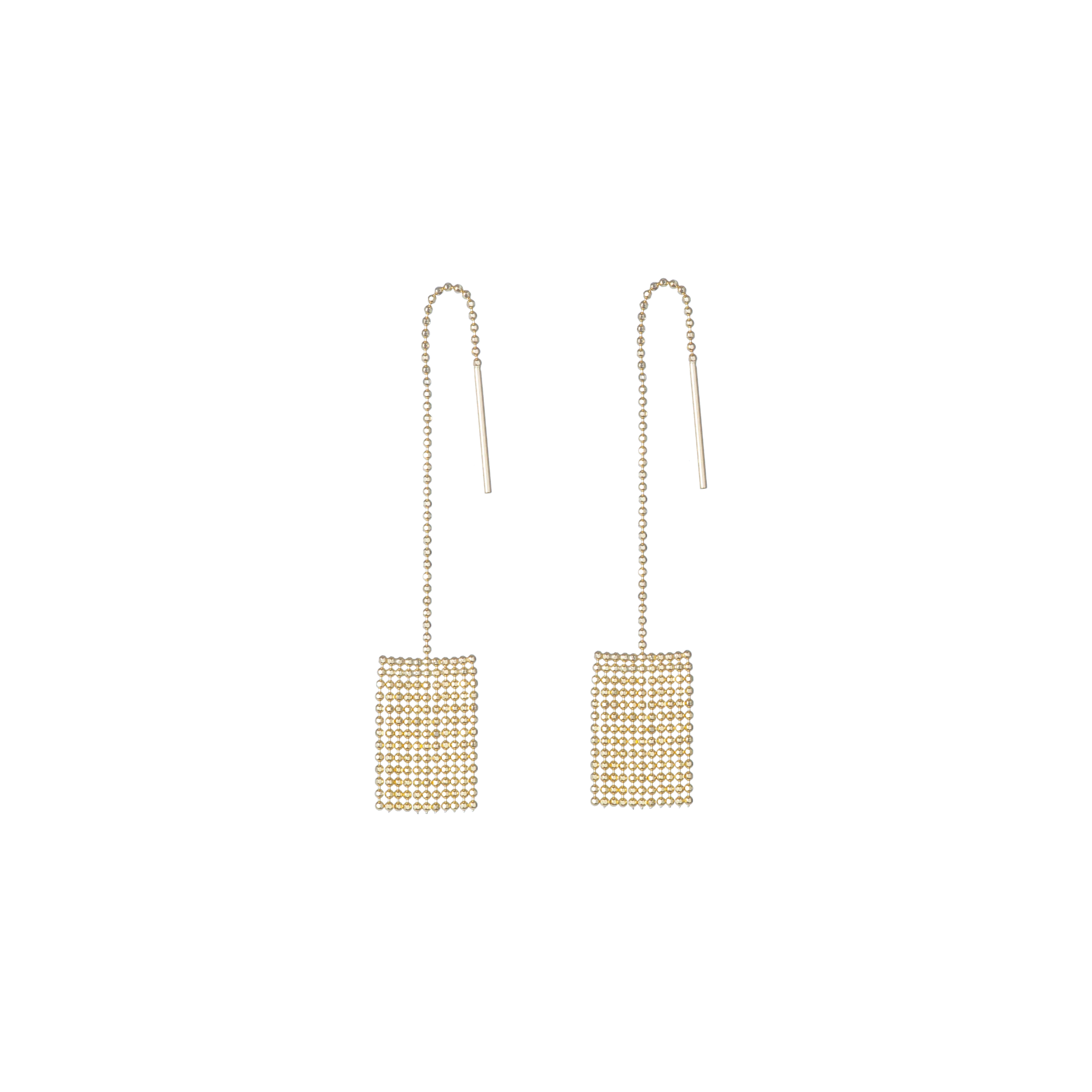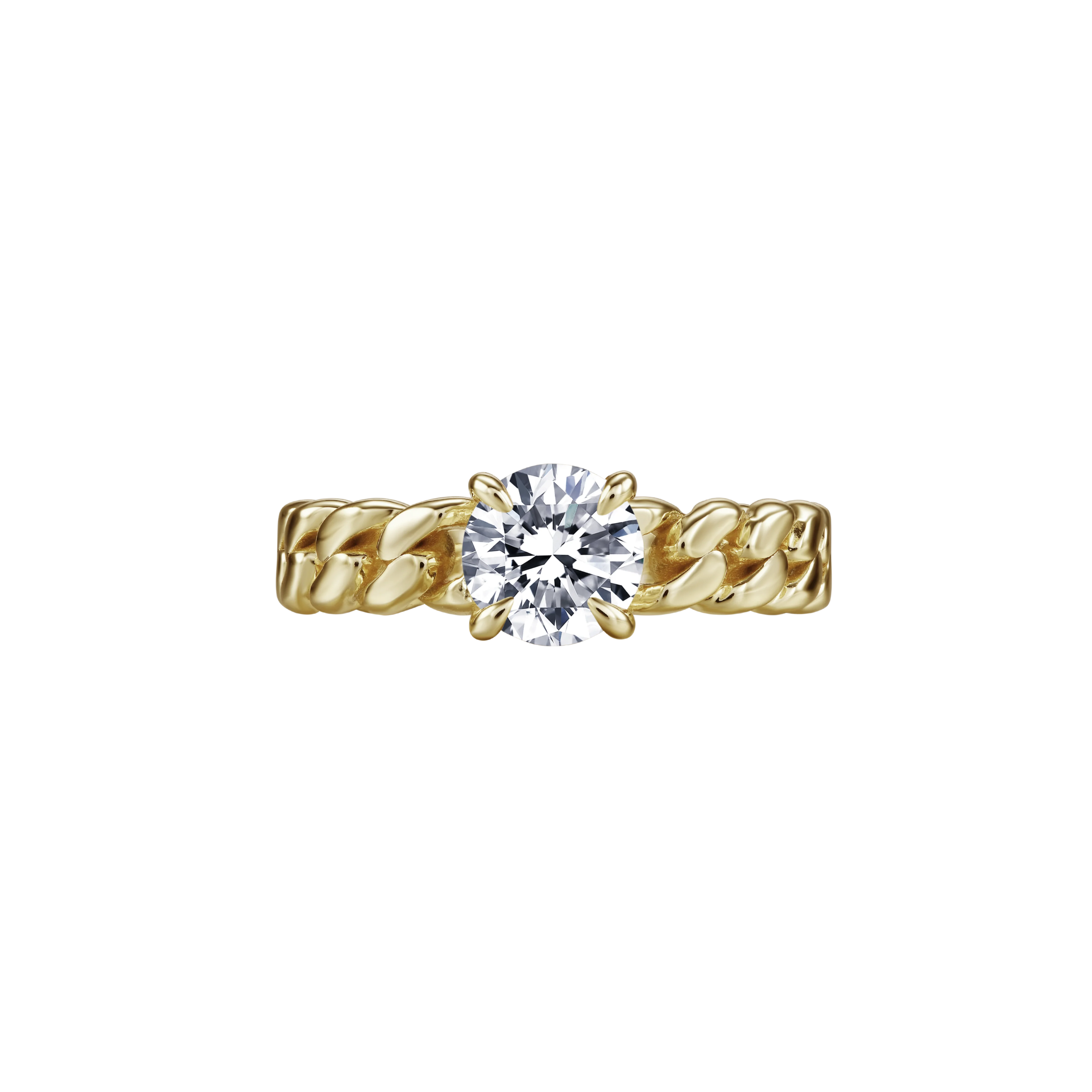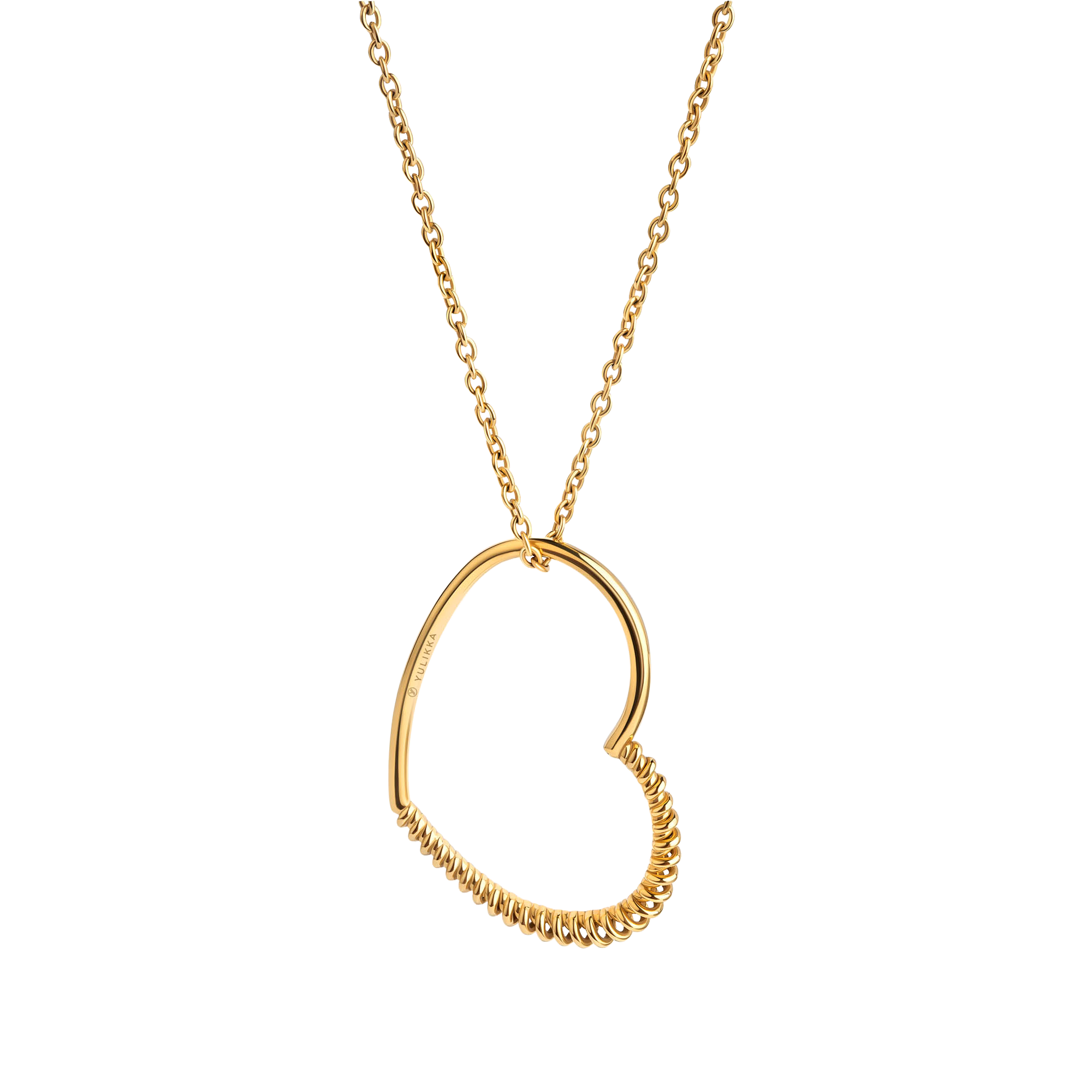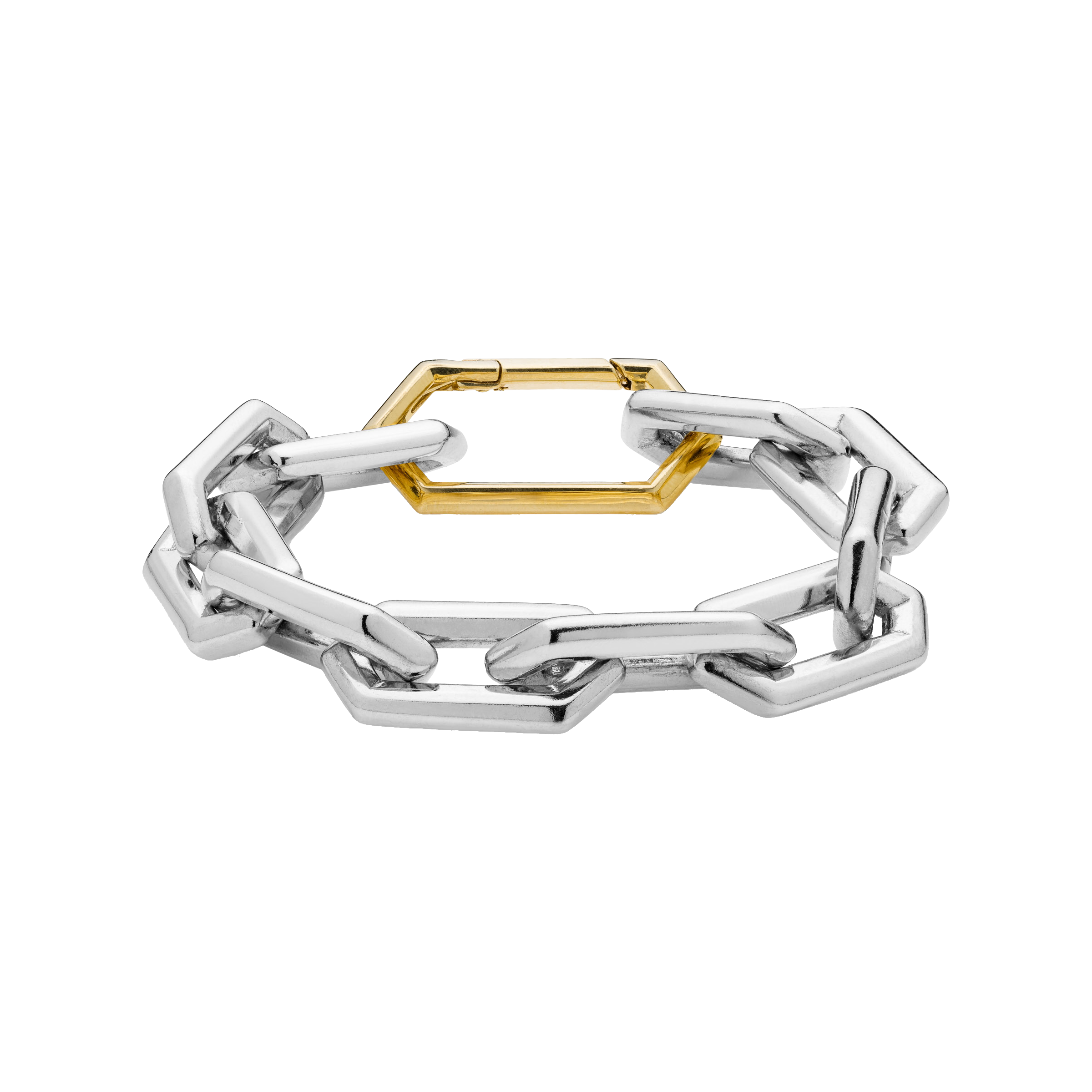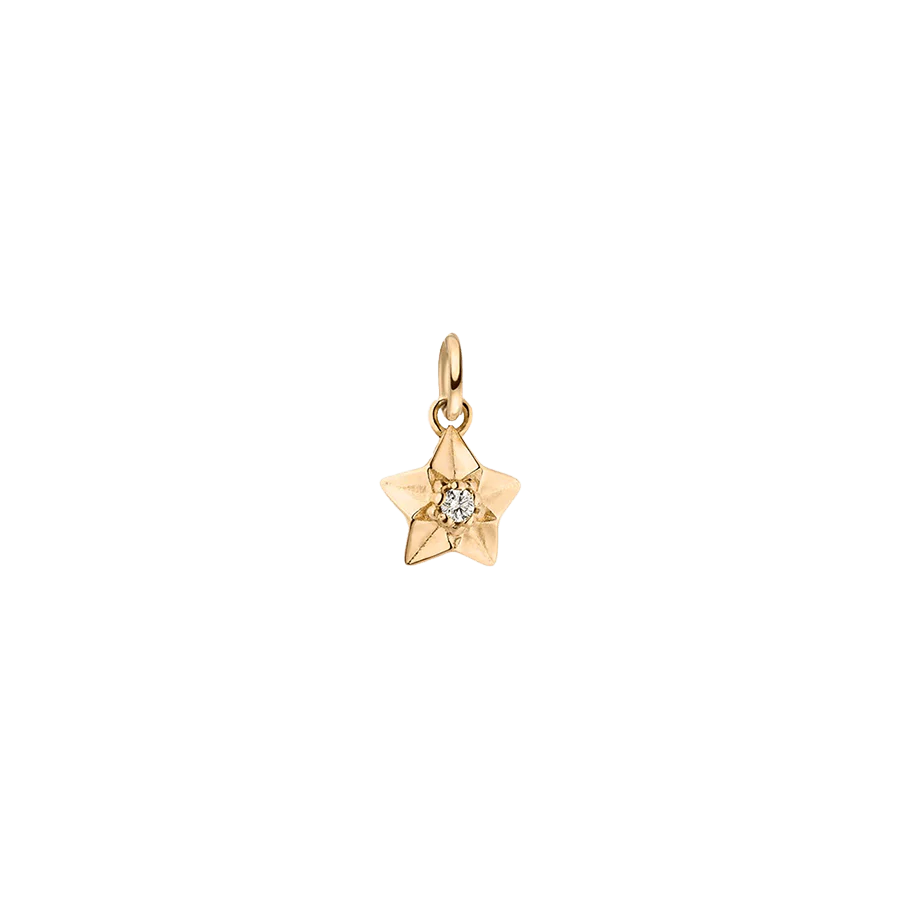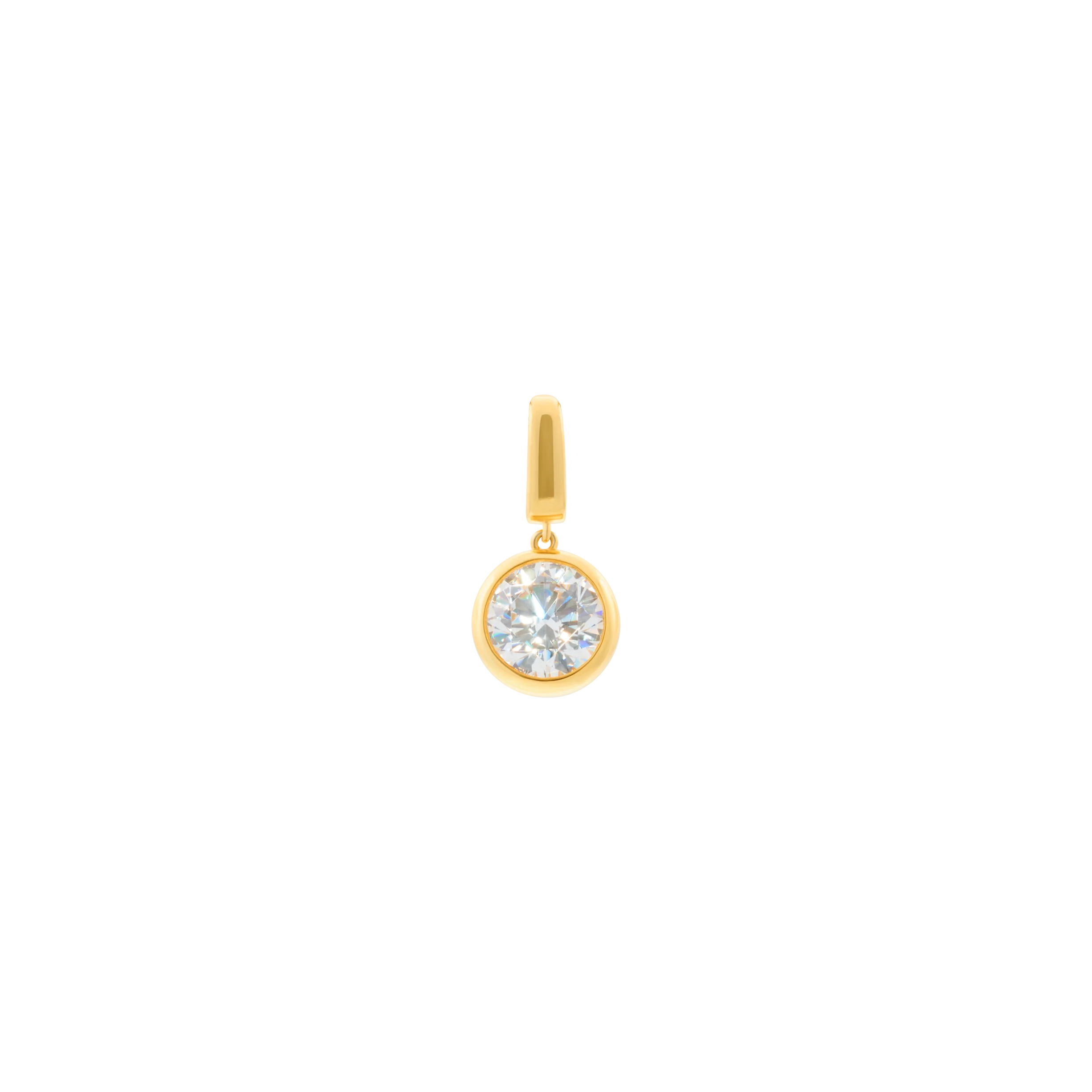Independent verification of the highest sustainability standards.

The Importance of Diamond Clarity
Anyone who has ever purchased a lab-grown diamond knows that clarity is one of the main characteristics to look for. The clearer the lab-grown diamond, the higher its value. This makes diamond clarity an essential factor during the purchase journey.
What is diamond clarity?
" Clarity is the level to which a diamond is free from inclusions and blemishes. "
Diamond inclusions are internal (inclusion) or external (blemish) imperfections within the crystal structure, which may or may not be visible to the unaided eye.
A lab-grown diamond's overall quality and value are determined by the 4Cs - Cut, Color, Carat weight, and Clarity.

What does diamond clarity mean?
Diamond clarity can be expressed by the grading scale providing a relative ranking. A diamond's clarity grade considers factors such as size, nature, position, colour and quantity of imperfections visible under 10x magnification.
Size
The physical size or dimensions of the inclusion within the diamond. Larger inclusions and blemishes are more readily visible to the naked eye.
Number
The quantity of inclusions present in the diamond. Diamonds with fewer imperfections generally receive higher clarity grades.
Position
The location of the inclusion within the diamond. Inclusions positioned closer to the diamond's table are more easily seen.
Nature
The clarity characteristics' type and depth, whether internal inclusions or external blemishes, affect how noticeable they are.
Relief
This refers to how strongly inclusions and blemishes contrast with the surrounding diamond.

How is diamond clarity determined?
There are a few different ways to determine the clarity of a lab-grown diamond.
The first way is to use a loupe which is a 10x magnification tool. It is used to inspect the lab-grown diamond’s surface for flaws.
The second way is to send the lab-grown diamond to a gemological laboratory for testing. It will be inspected from the inside out and graded based on clarity. This clarity grade will be used to help determine the lab-grown diamond’s value.
How to read a diamond clarity grade chart?
When it comes to diamond clarity grading, the higher the clarity grade, the less visible the inclusions are. It is accessed across 6 categories, and 11 specific grades, which are:
FL: Flawless
The best diamond clarity has no inclusions or flaws that can be seen under 10x magnification. This is extremely rare to occur.
IF: Internally Flawless
Lab-grown diamonds with this grade have no inclusions visible and are only minimal through 10x magnification.
VVS: Very Very Slightly Included (VVS1 & VVS2)
It has very small inclusions that are extremely difficult to see under 10x magnification.
VS: Very Slightly Included (VS1 & VS2)
It has minor inclusions that are difficult and somewhat easy to see under 10x magnification.
SI: Slightly Included (SI1 & SI2)
It has noticeable inclusions that can be seen under 10x magnification.
I: Included (I1 & I2)
It has large inclusions that are visible under 10x magnification. Generally, the beauty of the diamond is affected at this clarity grade or below.
Are lab-grown diamonds better clarity?
One key benefit of lab-grown diamonds is that they often have excellent clarity grades. Many people choose lab-grown diamonds specifically because they can find stones graded at VS or better in clarity. For those seeking the highest possible clarity, a lab-grown diamond can be a good option.
Diamond carat and clarity
The size of a diamond, as measured by carat weight, can impact the visibility of inclusions. Larger diamonds have more surface area, making any internal flaws more apparent. Therefore, it is advisable to consider increasing the clarity grade as the carat weight goes up.
Diamond shape and clarity
Brilliant-cut diamond shapes, such as Round Brilliant, Marquise, Cushion, Oval and Pear, have multiple facets that reflect light from different angles and hide diamond clarity flaws.
On the other hand, diamonds with step cuts, like Emerald and Asscher, have larger, open facets. This means any internal flaws or blemishes are more easily seen. You generally need to choose a higher clarity grade to keep these diamonds looking clean and beautiful.
Buying tips?
Clarity is essential because it is used to determine the value of a lab-grown diamond. If you’re looking for engagement rings, it is essential to understand the differences between each diamond clarity grade and their prices.

